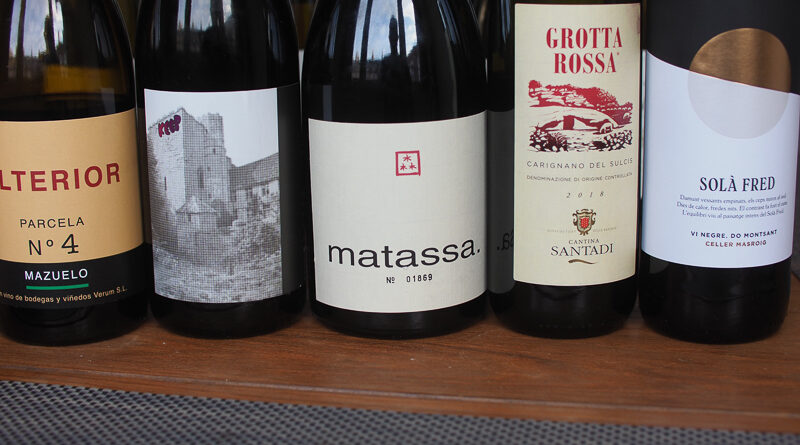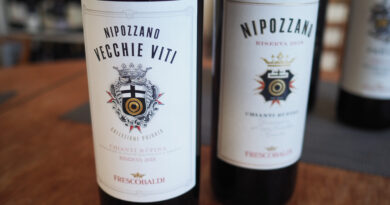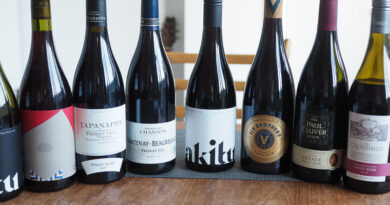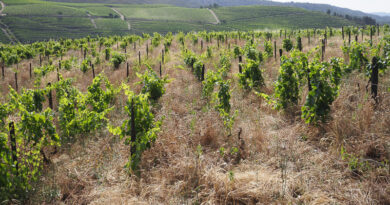An ode to Carignan, Carineña, Mazuelo…
Lisse Garnett spells an ode to Carignan, a variety that never seems to get any credit. And Jamie Goode taste tests Carignans with personality – his notes follow below.
Carignan gained notoriety for its ability to produce enormous yields (up to 11 tons an acre) of deeply coloured, tannic grapes perfect for the cheap bulk wine requirements of France’s industrial North. In Europe’s wine growing countries, people used to drink cheap wine by the bucketful but by the 1980s and 90s tastes had changed. Late to ripen, sensitive to mildew and rot and impossible to machine harvest, Carignan is not the easiest variety to work with. Generous yields were no longer such as asset in a market of over-supply. Mindful of a glut, the European Union paid many poor famers of the Languedoc to grub it up in the 1990s. It was rumoured to be the principle component of the EU’s infamous wine lake.
Today Carignan is mainly used for blending. Tempranillo heavy wines from Rioja sometimes include small proportions of Mazuelo (aka Carignan) to add acidity, colour and tannin. And it’s partially responsible for the finest wines of Priorat, Corbières and Montsant when blended with Grenache, Cinsault or Syrah. Occasionally varietal Carignans surface, no doubt made by rare wine radicals, partial to fusty outmoded varietals.
But wait! – Sardinia and Chile, sometimes even California can offer something else: varietal Carignans made with extremely low yielding ancient, often ungrafted vines. In California, Carignan had been the larger component of their infamous jug wines but new wave producers, perhaps attracted by relatively low grape prices, have started to experiment. Luscious, voluptuous, velvety, fragrant, zippy fruit-driven wines laced with deliciously fine tannins have been reported. Carbonic maceration is said to work miracles on this recalcitrant grape.
Carignan was planted all over Chile following the disastrous earthquake of 1939. A subsequent Government drive to mechanise agriculture spearheaded the planting of high yielding, frost-resistant Carignan as a blending partner for the ubiquitous, light, low acid and tannin Pais. Today these long-forgotten – now tiny yielding – old vines have become the focus of a wine movement called VIGNO. Prone to mildew and rot, Carignan has fared well in Chile’s dry, arid, Central Valley.
In 2010 Maule in Chile was the epicentre of another severe earthquake – this was the year VIGNO was formed. The VIGNO collective aims to preserve low yielding old vines in Maule, which have frequently been overlooked in favour of more glamourous and easier to sell international varieties. These vines have survived with little intervention for decades and now produce fascinating wines. To sell under the VIGNO banner, grapes must originate from dry farmed, elderly bush vines, sixty five percent of which must be Carignan. Excellent independently produced single varietal Carignan wines exist too.
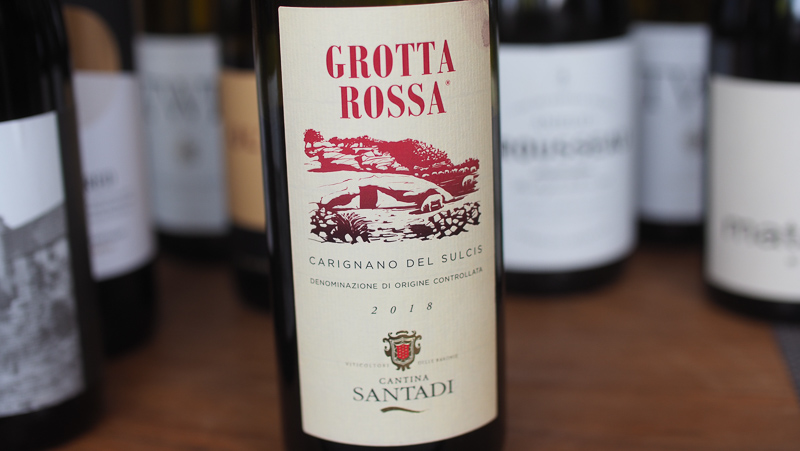
Carignano del Sulcis DOC in Sardinia produce roses, reds and a passito, made exclusively from Carignan. Formed in 1977 this region on the Southwest of the island is hot, dry, sandy soiled and served by warm multi-directional mistral winds that cool this late ripening varietal. Precious, old, ungrafted, low-yielding vines, just like those in Maule make up much of the 1700ha of Carignan here. Wines are sought after and high scoring for rich texture and flavour and all-important lifted acidity.
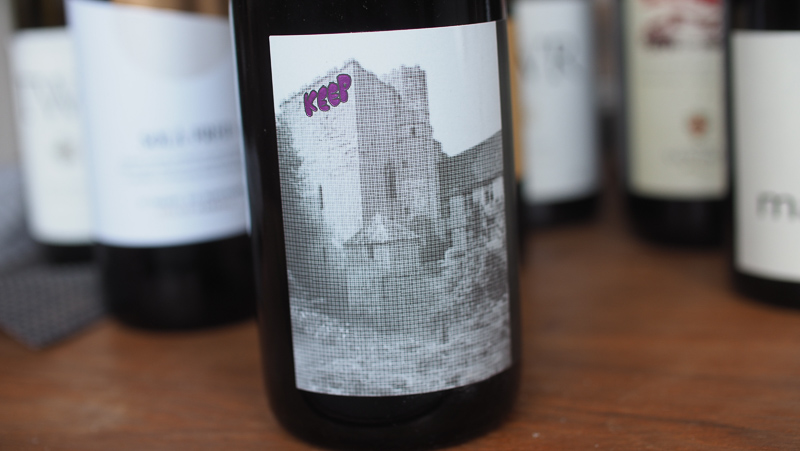
Carignan thrives in California too, with, Mendocino, a hot spot. Here a long ripening season allows for good phenolic development. Typically-a field blending partner for Grenache, Syrah, Cinsault and others, old vine grapes are finding favour unblended, not least because they are cheaper to buy. Mexico’s Baja Peninsula has a significant amount of Carignan too, planted on poor stony soils that benefit from the Mediterranean climate.
It would certainly seem that low yielding old bush vines grown on poor soils in hot dry climates offer the best opportunities to create something really special from Carignan. We tasted the following varietal bottlings to test this synopsis and, it has to be said, had a pretty great time doing it!
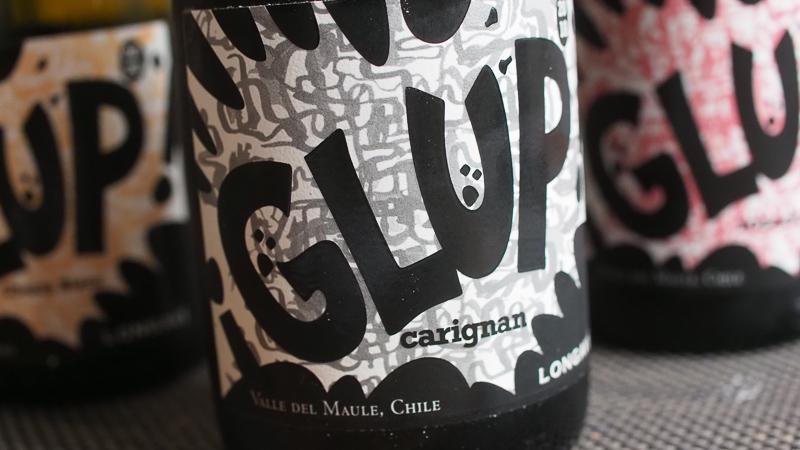
THE WINES
Longavi Glup Carignan 2018 Maule, Chile
14% alcohol. This from decomposed granitic soils. It’s fermented in concrete tank without temperature control and then aged in barrel. A vivid red purple colour, this is fresh and aromatic with lovely pure, bright cherry and raspberry fruit. There’s a bit of grippy tannin and a fresh chalky mouthfeel. So fragrant, fresh and drinkable, but with a bit of substance to it also. Lovely stuff. 94/100
Keep Wines Carignane Evangelho Vineyard 2016 Contra Costa County, California
14% alcohol. Brooding, dark and quite savoury with some spicy, meaty notes as well as supple blackberry and black cherry notes. It’s grainy and a bit grunty, with some peppery detail, and dense fruit, but with freshness and vitality. There’s a lovely intensity to this wine, but it stays fresh all the way through. 93/100
Donkey & Goat Testa Vineyard Carignane 2017 Mendocino, California
12.4% alcohol. Old vine Carignane planted in the early 1930s by Maria Testa’s grandfather. It is a very sandy soil. The farming is benign neglect: they till every other row each year. They haven’t used Roundup because it is expensive, and prefer to till. It has always been dry farmed. The vines are head pruned and there is no trellis. Wild ferment (c. 20% whole bunch, with 5-6% carbonic maceration) in large foudres, aged for 10 months, just a bit of SO2 at bottling. This is so fine, fresh and juicy, with lovely pure raspberry and cherry fruit. There are some floral details, as well as a touch of redcurrant brightness and a hint of dried herbs. There’s real purpose here: good acidity, appropriate structure, and lovely fine, pure fruit. Great precision, and there’s really no hurry to drink this up. Tried twice with consistent notes. 94/100
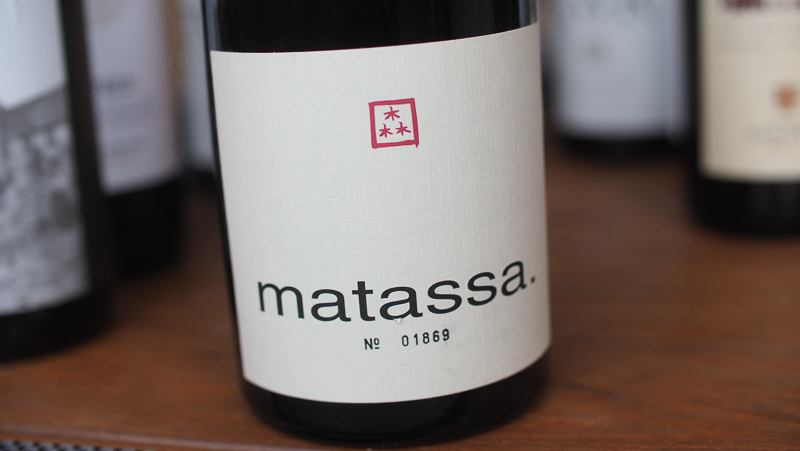
Matassa 2002 Vin de Table, France
12.5% alcohol. This is the debut vintage of Matassa, and it was from a plot of old Carignan. From vines at 500 m. It’s a beautifully complex, mature wine with tar, spice and iodine, as well as some dried herbs. It’s a little earthy, but there’s still bright dried fruit here. It’s fragrant and savoury with some brightness and raspberry and cherry notes. Finishes detailed and a bit grippy. 92/100
Domaine des Tourelles Vieilles Vignes Carignan 2018 Bekaa Valley, Lebanon
14% alcohol. This is the debut vintage of the old vines Carignan, a variety thought to be in harmony with the conditions of the Bekaa Valley, with 1000m altitude and 300 days of sunshine a year. Soils are limestone with a bit of gravel over clay, and these are dry grown bush vines. This is a ripe, harmonious expression of Carignan with sweet dark fruits, a hint of dates, some cranberry brightness and a grainy structure. It has massive drinkability and some warm spices. It’s very Mediterranean in style, showing some purpose but also generosity, with a bit of warmth and some herbal aromas in the mix with the fruits. Very stylish and quite complete. 92/100
Cantina Santadi Grotta Rossa 2018 DO Caringano del Sulcis, Sardegna, Italy
14% alcohol. This is fresh and detailed, and also a little bit wild. It’s a little animal on the nose initially, with meat, spice, dried herbs, raspberries and cherries. Combines warmth and freshness with some violet, cherries and spice. There’s a bit of structure, with some juicy cherry and raspberry fruit. After a while the wildness disippates and it’s a lovely, fruity, smashable wine. 90/100
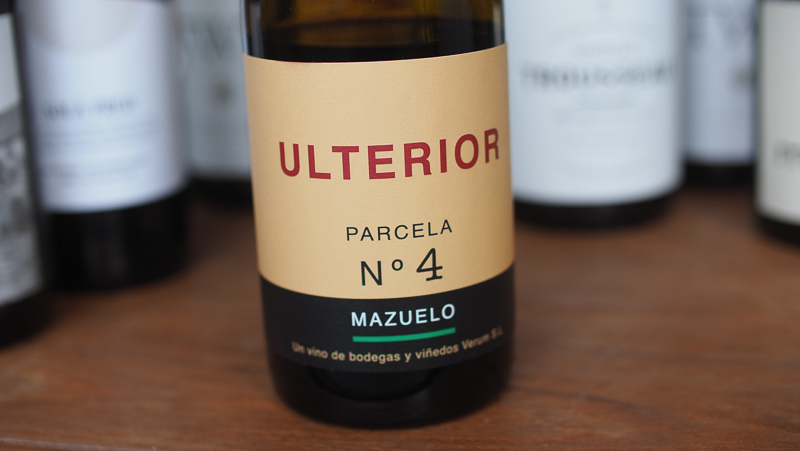
Verum Ulterior Parcela No 4 Mazuelo 2017 Vino de la Tierra de Castilla, Spain
14% alcohol. Organic. Rich, sweet and aromatic with some sweet herby notes and stewed blackberry fruit. This is fresh and warm, with some tar and herb notes, wild strawberry, tobacco and spice, as well as some Christmas cake notes. Really appealing. 89/100
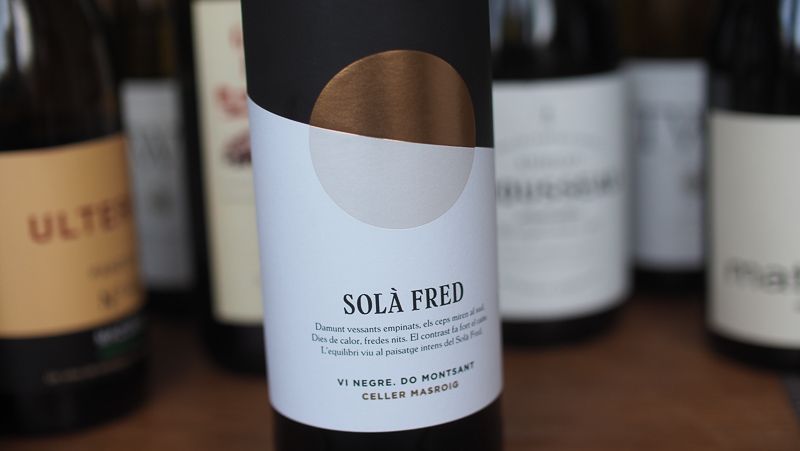
Cellar Msroig Solà Fred Vi Negre do Montsant 2018 Montsant, Spain
14% alcohol. This is Carinyena. Floral cherry and berry fruit on the nose, with a palate of fresh black cherry and blackberry fruit. Has some cherry and almond character on the palate. This is brisk and fresh with a lovely drinkability, and nice pure, well balanced fruit. Joyful. 89/100
Find these wines with wine-searcher.com

